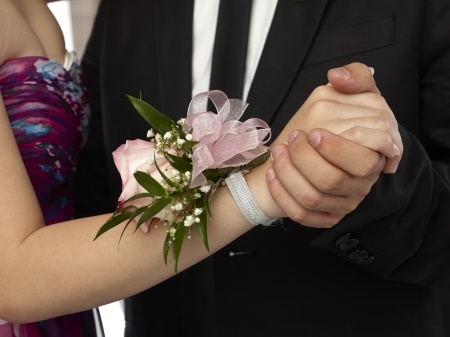End of the School Year Gift Giving Etiquette
End of the school year is just around the corner. What
teachers do you give gifts to? Here are a few tips that you may find
helpful.
Is it necessary to give
a gift to your child's teacher? The answer is no. The
most popular gift educators said they wanted to receive from their students and
parents is a thank you note. It is heartwarming for a teacher to hear
that they have made a difference in the lives of one of their students.
What should you say in
your thank you note? Start out with thanking the teacher
for all of their hard work throughout the school year, what you appreciated the
most from their efforts, and any positive changes you noticed with your child
that you can attribute to their gift of teaching. Teachers really
appreciate homemade cards too!
What teachers do you
give a gift to? If you are going to give a gift, focus on the teacher
your child spends the most time with during the school year. You can give
a gift to a teacher who has gone out of their way to do something special for
your child or the teacher your child has a special bond with.
How much should you
spend? There is no specified amount. It's whatever
your budget allows. Remember, a gift is something that comes from the
heart. It doesn't have to be expensive. It could be a hand written
note from your child thanking their teacher for helping them grow, home baked
goods or a gift card to a restaurant, salon or an educational store to name a
few.
There a numerous creative ideas on the internet that would be appropriate,
won't break the bank and are fun for your child to participate in choosing the
perfect gift idea.
Can several parents go
in together to buy a gift? Yes, this is a wonderful
idea. Some parents get together to buy a group gift. If you buy a group
gift, it is not necessary for a parent to buy a separate gift for the teacher.
Gifts to avoid
- Coffee mugs, desk trinkets and stay away from giving the ever popular apple!
Being an educator myself, I have been in quite a few school classrooms as a
guest, teaching etiquette to our wonderful kids. I have seen firsthand
how hard our teachers work. I would like to say a big
"THANK YOU"
to all of you for all of your dedication, patience and passion!
Look for us on Arizona Midday
NBC channel 12 on March 23rd!
Destry and I will be talking more about End of the School Year Gift Giving
Etiquette.
Please visit our website for our upcoming kids Summer
Classes!
www.itsallaboutetiquette.com






